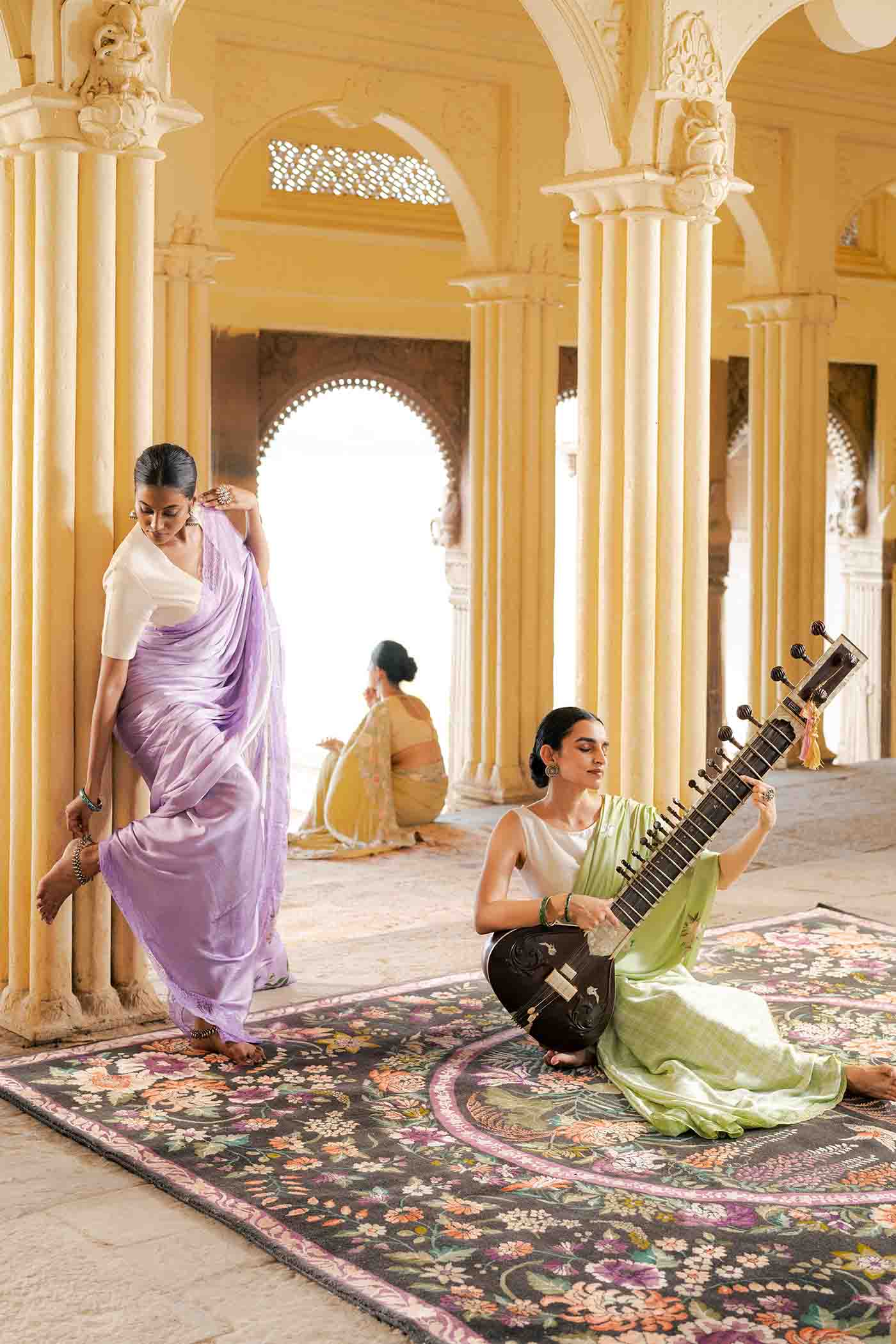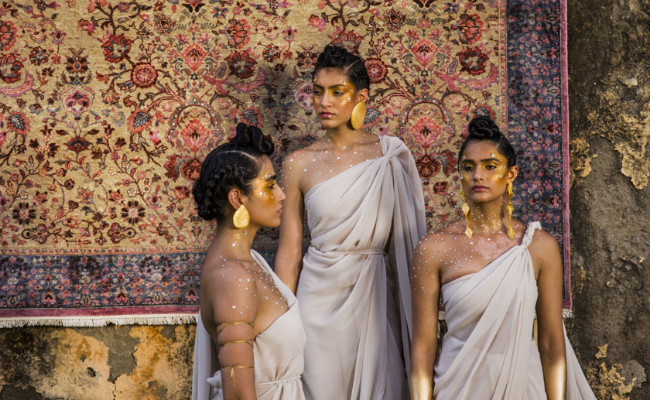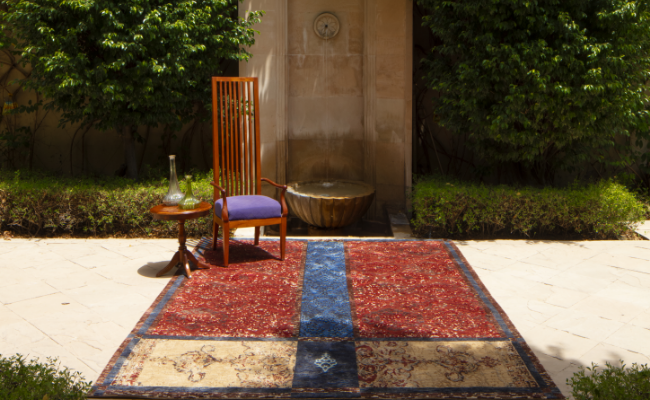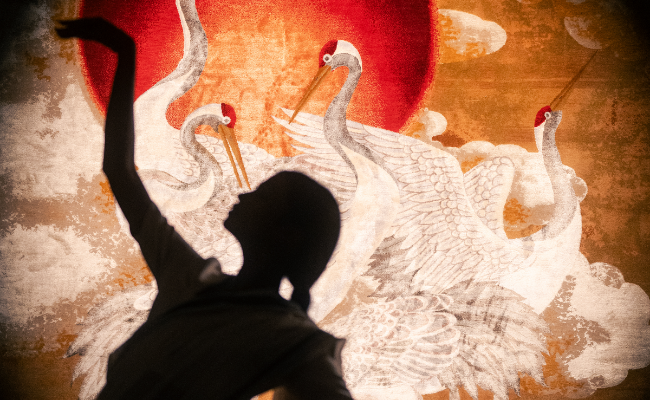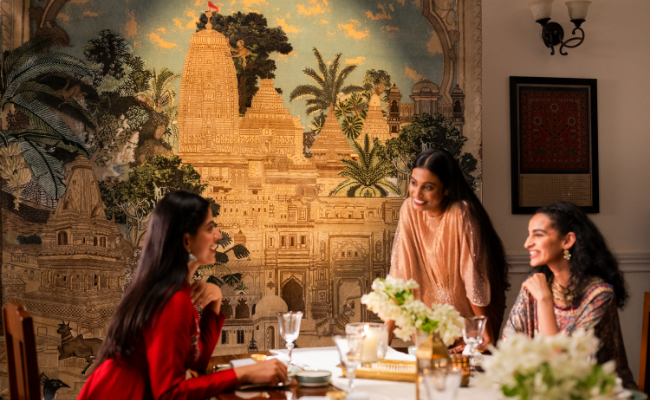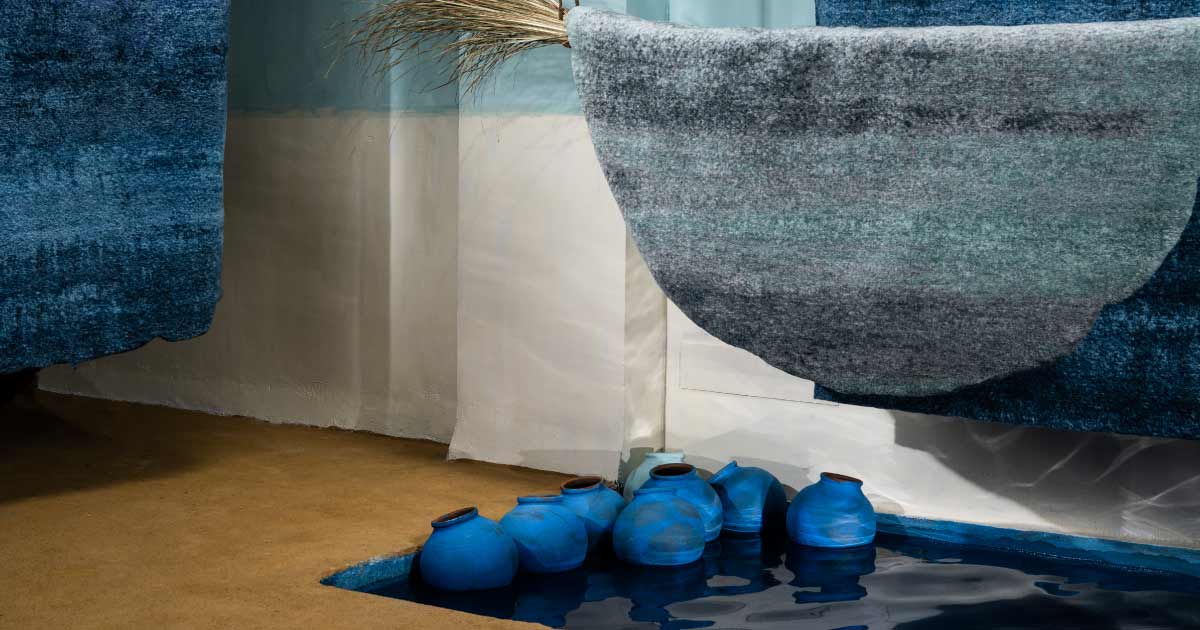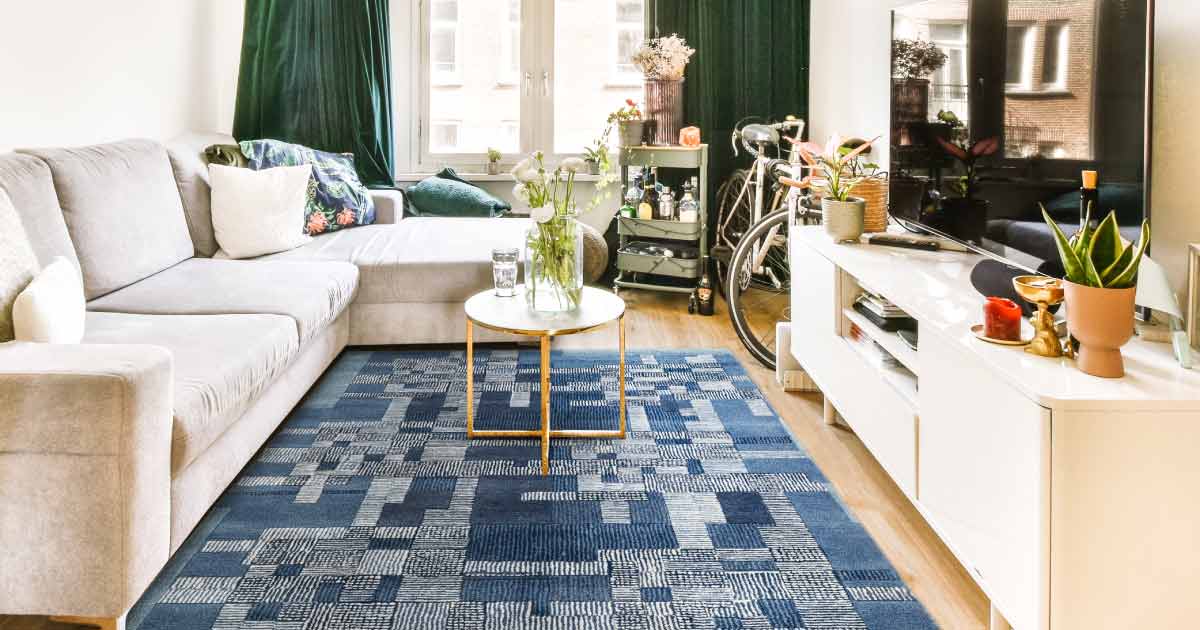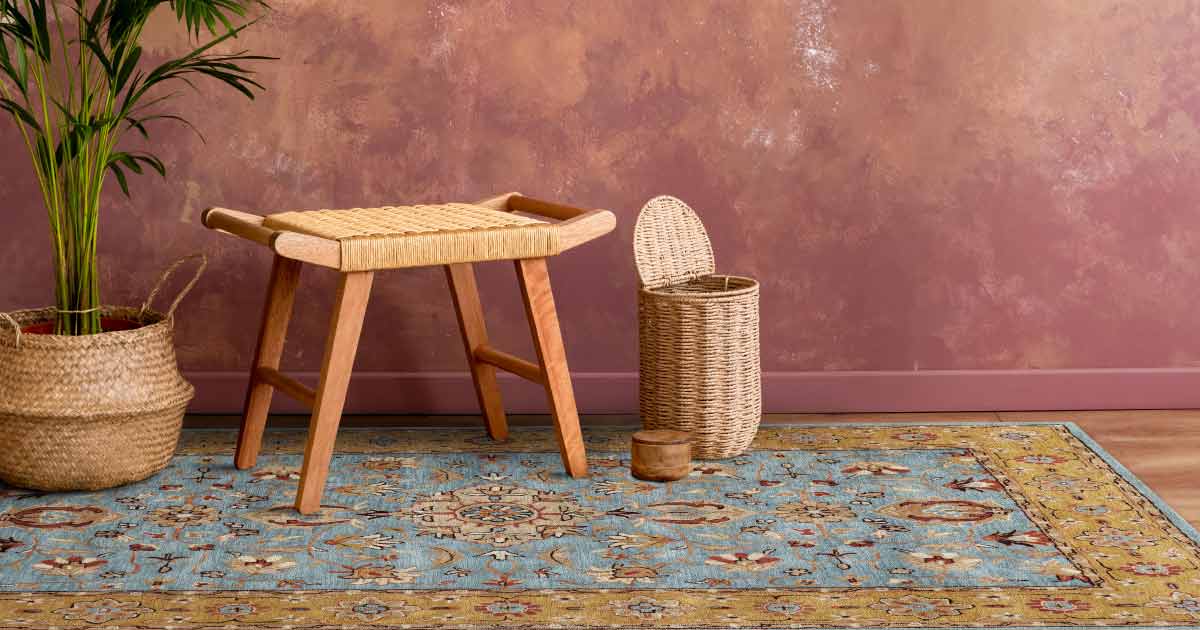
The Influence of Mughal Rugs on Indian Art
In the history books of our nation, the chapter of the Mughals is indispensable. The Mughal Empire was one of the most dominant and influential dynasties over the Indian- subcontinent. It not only covered almost our nation but also parts of today’s Pakistan, Bangladesh, and even some parts of Iran. Established by Babur in 1526 after he beat the Sultan of Delhi with his massive army in the 1st battle of Panipat. This rule of the Mughals lasted till the mid-18th century. Over the years multiple kings took over the vast empire. With each rule, came a new influence over time that remains embedded in our country’s roots.
Mughals were known for their political tactics, and war strategies and also for their love and talent in the field of art and architecture. Each emperor invested heavily in his court decorations. Ornate paintings, miniature artistry, intricate architecture on the pillars, and bold hand-knotted carpets. Known as Farsh and Qali in the olden times, carpets played a significant role in the economic and cultural history of India. The Mughals were of Persian origin. They only brought Persian artists to the country to weave fine hand-knotted carpets with intricate designs. Apart from being placed in courts and palaces, these hand-made rugs were also used in gifting and trade.

It was during the reign of King Akbar when the Persian weavers were called to India. It was the 16th century when these foreign weavers taught the Indian artisans and textile weavers the art of weaving carpets. With no time, the students outshone their masters and began knotting carpets for trade and the Royal Mughal courts with Persian motifs and techniques but infusing them with the Indian culture.
As the Mughal rule continued, the Indian art and culture kept on getting diverse. After Akbar was taken by Shah Jhahan, people thought the trend of art and culture would be depleted. Little did they know that the ruler inherited the love for Persian art from his father. In the middle of the 17th century, he layered these handmade carpets in the royal entries of the Taj Mahal. This wonder of the world featured architecture and artistry on its marble structure similar to the one on handwoven carpets. Since the creation of the Taj Mahal, these Persian-inspired hand-woven marvels established their place in history and became alive forever.
When the Britishers came to India, they were welcomed with many gifts that also included fine hand-knotted rugs. These rugs were taken back to the native country and were placed in some pretty important places. Later, as the East India Company took over and colonized our land, these hand-knotted beauties were the major revenue generators in trade. Soon, as the demand surpassed the supply, the quality of these rugs started to fall.
Indian rugs were mainly known as dhurries. These are thin pile floor coverings in solid shades without any pattern. With the booming influence of Mughal art and culture, the canvases of these dhurries were transformed. Reminiscent of the Persian carpets, the dhurries were being knotted in a way that they featured fine Mughal art. Not only this, Indian weavers when knotted thick pile carpets, added hints of Indian culture to the Persian designs, making each piece one-of-a-kind.
In the reign of the British, art was a major form of expression. Paintings, carpet canvases, manuscripts, and walls were filled with live descriptions of the British ruling the country. Many Indian weavers knotted scenes of their local villages, depicting the stories of their lives, instances of the colonizers annoying the Indians, and their dreams of freedom. From the brushstrokes to the weaving techniques, all this art had a major Mughal influence.
With modernization, many textile companies started getting involved in international trade. Not only did these Indian-Mughal carpets generate revenue but also gave our heritage and culture a unique identity in the world.
We, Obeetee Carpets are a classic rug maker, one of the oldest in the market today. With a century of experience down our sleeves, we have been crafting hand-tufted and hand-knotted rugs for the world. Established in Mirzapur, we have factories set up at Bhadohi and Panipat. In our troop, we have had weavers working with us for the last 3 generations, with even a few whose forefathers learned from the Persians. With this art of weaving gifted heirlooms, these craft fine hand-knotted carpets with bold, traditional, and Persian motifs for you. Each of these carpets is handmade using the best quality of materials to last generations.
The Mughals had a major influence on Indian textile art. We might be talking about carpets more but from curtains to pieces of clothing, hand-made articles featuring Persian motifs are still persistent in the world. In our collection of rugs, you will find carpets boasting of the Persian elegance reminiscent of the Mughal courts.
To explore handmade rugs visit our website- https://www.obeetee.in/

